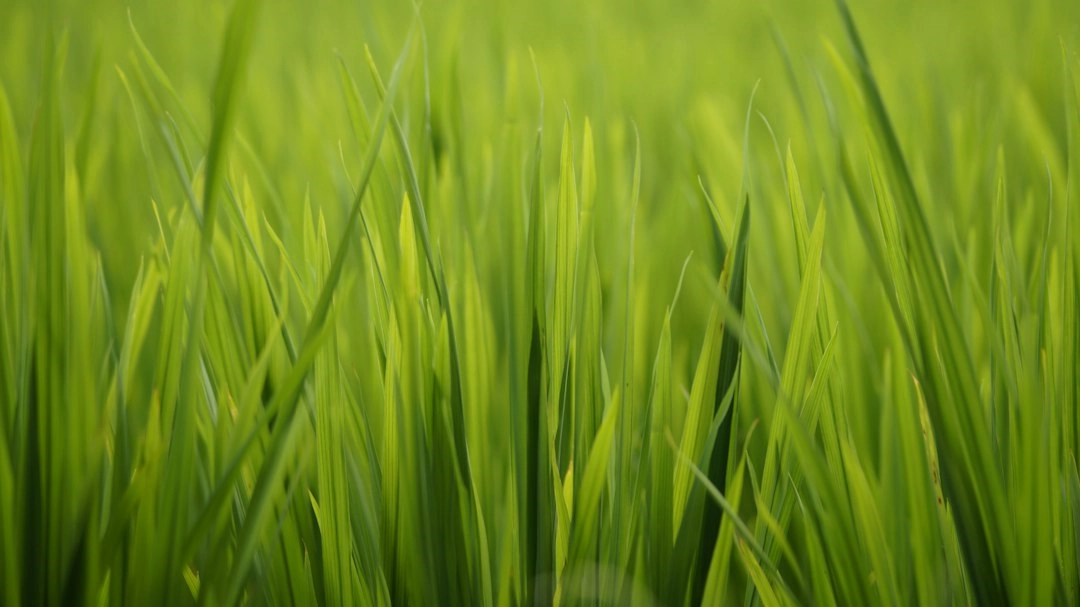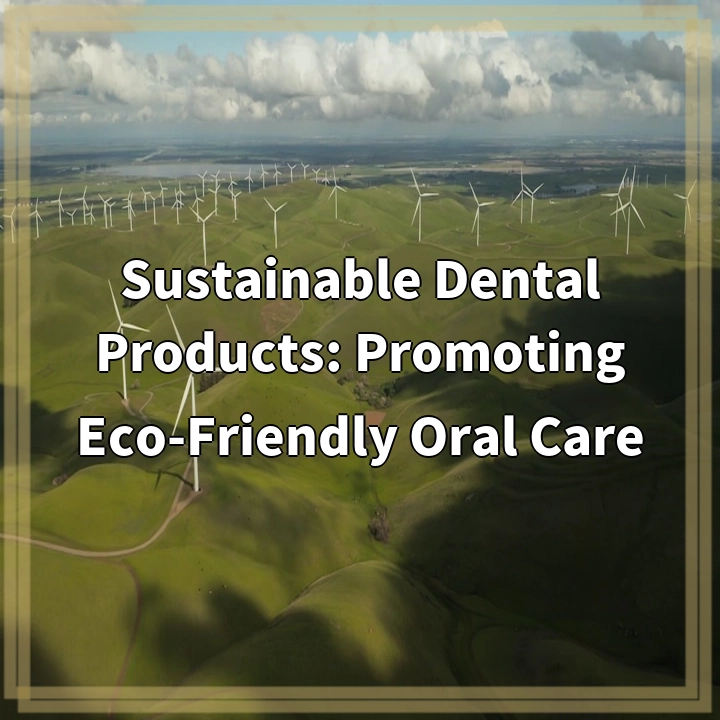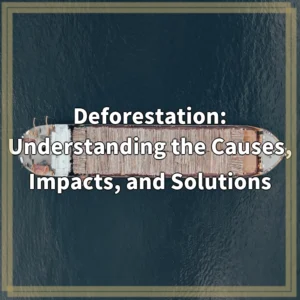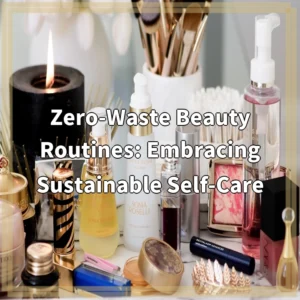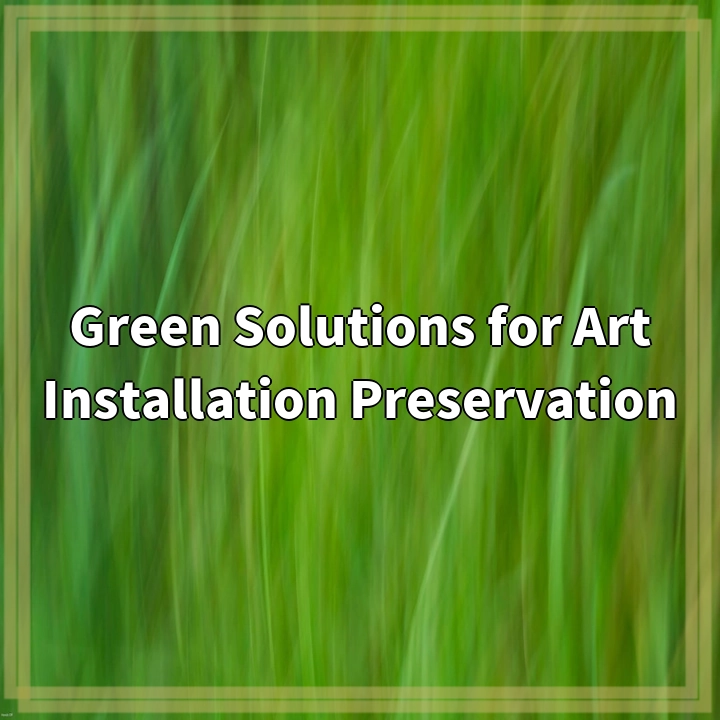
What is Green Solutions for Art Installation Preservation?
Green solutions for art installation preservation refer to environmentally friendly methods and practices used to protect and preserve artworks in various settings. These solutions encompass sustainable approaches that aim to minimize the negative impact on the environment while ensuring the long-term conservation of art installations.
Real-World Problems Associated with Art Installation Preservation
Preserving art installations poses several challenges, and some of these have a direct impact on the environment. Here are the key real-world problems associated with art installation preservation:
Limited Access to Natural Resources
Traditional preservation methods often rely on the use of non-renewable resources such as chemicals, solvents, and synthetic materials. The extraction, production, and disposal of these resources have detrimental effects on the environment, including pollution, energy consumption, and habitat destruction.
Waste Generation
Preservation processes can generate significant waste, such as packaging materials, protective coatings, and restoration byproducts. Improper disposal of these waste materials can lead to pollution of land, water, and air, further contributing to the degradation of ecosystems.
Carbon Footprint
Art installations often require transportation, especially for international exhibitions or long-term loans. The logistics involved in shipping artworks, including packaging materials and emissions from transportation vehicles, contribute to greenhouse gas emissions and increase the carbon footprint of these installations.
Climate Change Impacts
Climate change poses a significant threat to the preservation of art installations. Increased temperatures, humidity fluctuations, and extreme weather events can accelerate deterioration processes, compromising the integrity and longevity of the artworks. Adapting preservation methods to address these changing environmental conditions is crucial.
Lack of Sustainable Preservation Practices
Many art institutions and galleries still lack standardized sustainable preservation practices. This can lead to inconsistent approaches and the continued use of harmful chemicals and materials. Adopting green solutions for art installation preservation is necessary to ensure the long-term preservation of valuable artworks while minimizing negative environmental impacts.

Solutions for Green Art Installation Preservation
To address the real-world problems associated with art installation preservation, several green solutions can be implemented. These solutions aim to minimize environmental impact while ensuring the longevity and conservation of artworks.
1. Sustainable Materials and Practices
One key solution involves the use of sustainable materials and practices. This includes opting for conservation materials that have a lower ecological footprint, such as non-toxic, biodegradable, and recyclable products. Additionally, adopting sustainable preservation methods that reduce waste generation and environmental pollution is crucial.
2. Energy Efficiency and Climate Control
Implementing energy-efficient systems and climate control measures can significantly contribute to the preservation of art installations. This includes utilizing LED lighting, optimizing insulation, and maintaining stable temperature and humidity levels to mitigate the impact of climate change and reduce energy consumption.
3. Eco-friendly Transportation
Minimizing the carbon footprint associated with art installation transportation is important. This can be achieved through the use of eco-friendly transportation methods, such as utilizing electric vehicles or exploring alternative shipping routes that contribute to reduced emissions.
4. Collaborative Research and Knowledge Sharing
Encouraging collaboration among art preservation professionals, scientists, and sustainability experts is crucial for developing innovative green solutions. Sharing knowledge, research findings, and best practices can lead to the implementation of more effective and sustainable approaches to art installation preservation.
5. Public Education and Awareness
Increasing public awareness about the importance of green art installation preservation is essential. Educating the general public, art enthusiasts, and institutions about the environmental impacts of traditional preservation methods and introducing sustainable alternatives can drive wider adoption of green practices.
6. Policy Support and Guidelines
Governments and art institutions can play a significant role in promoting green art installation preservation by implementing policies and guidelines that prioritize sustainability. This can include incentivizing the adoption of sustainable practices, promoting research and development in environmentally friendly preservation techniques, and setting standards for green art conservation.
